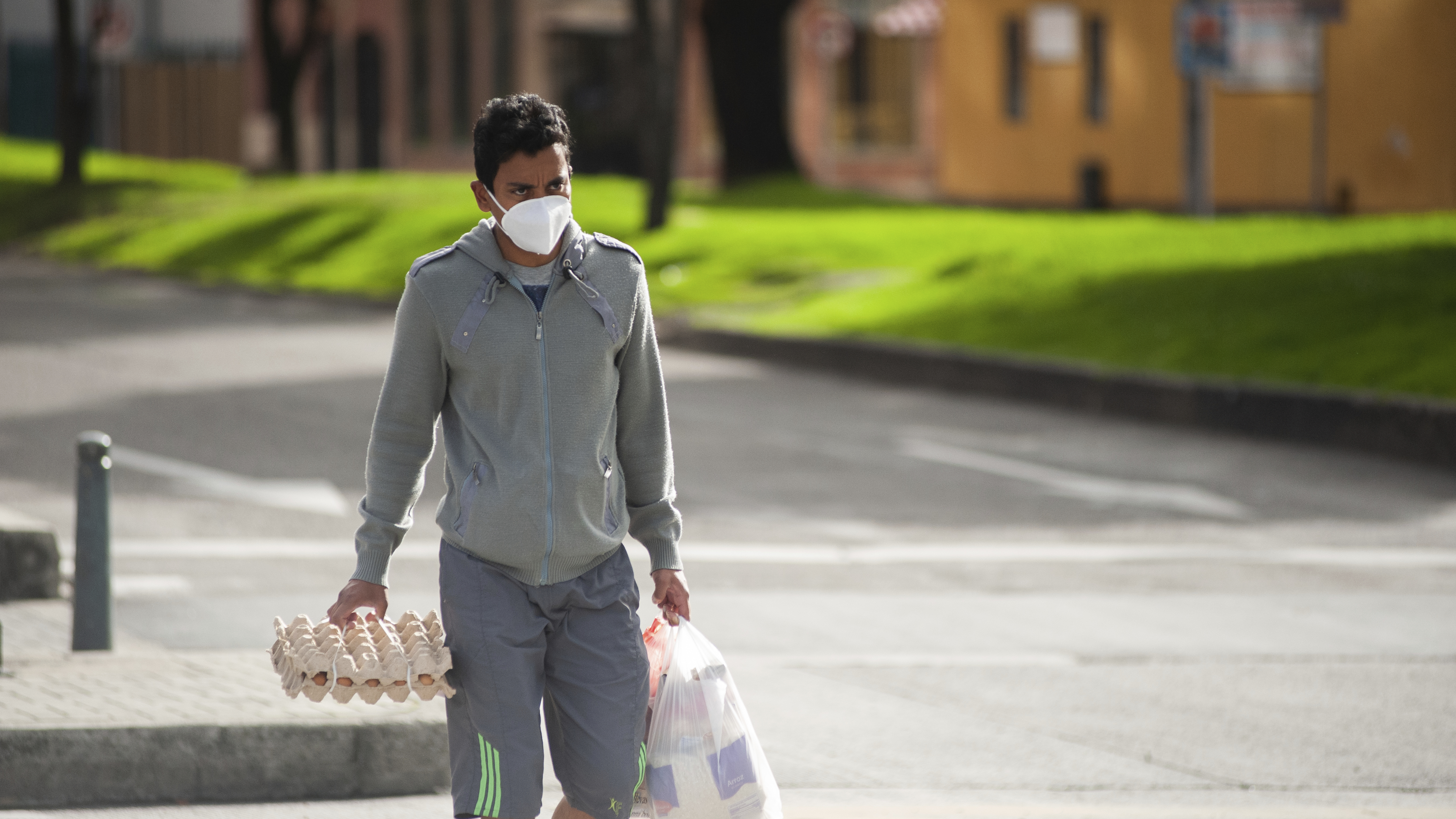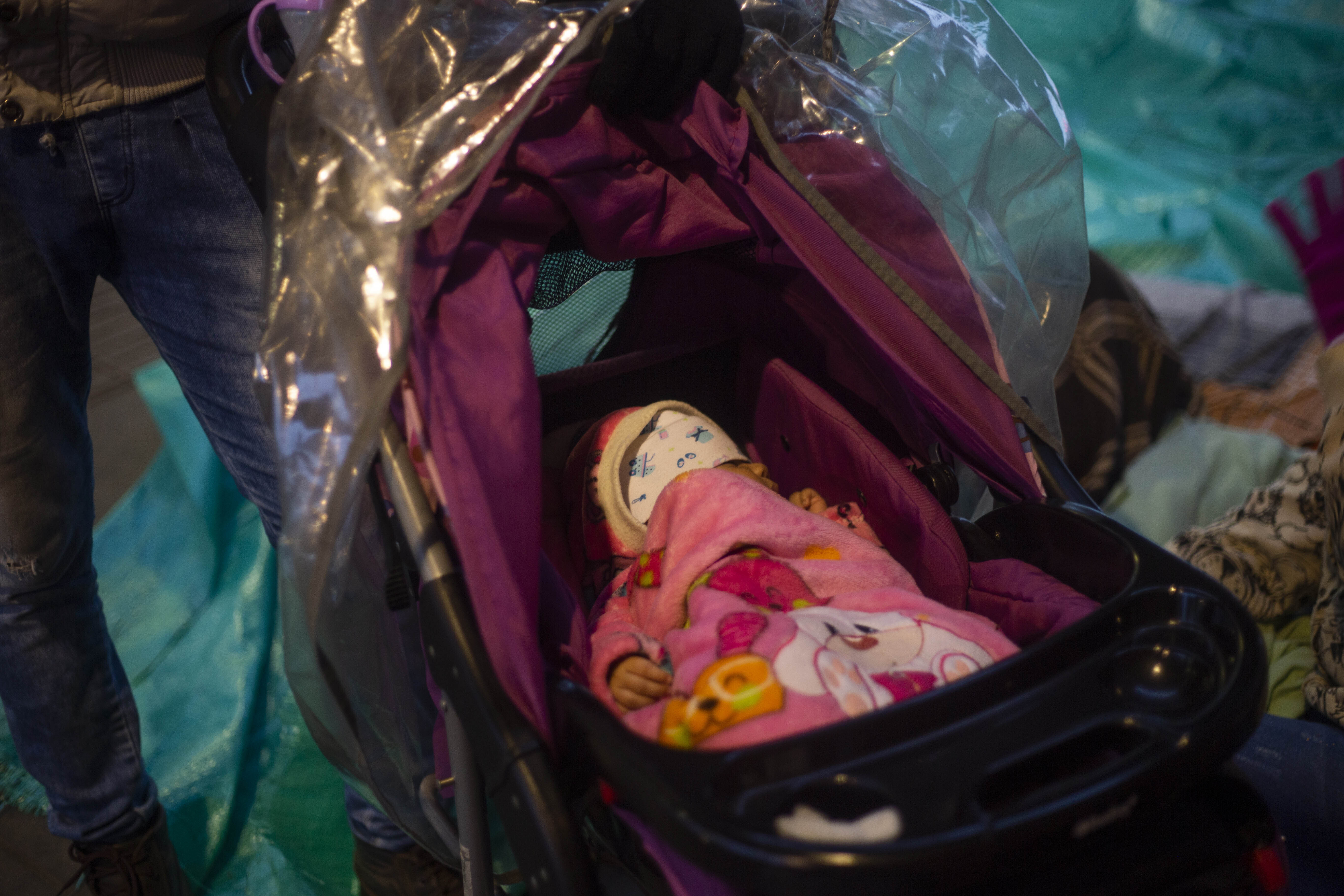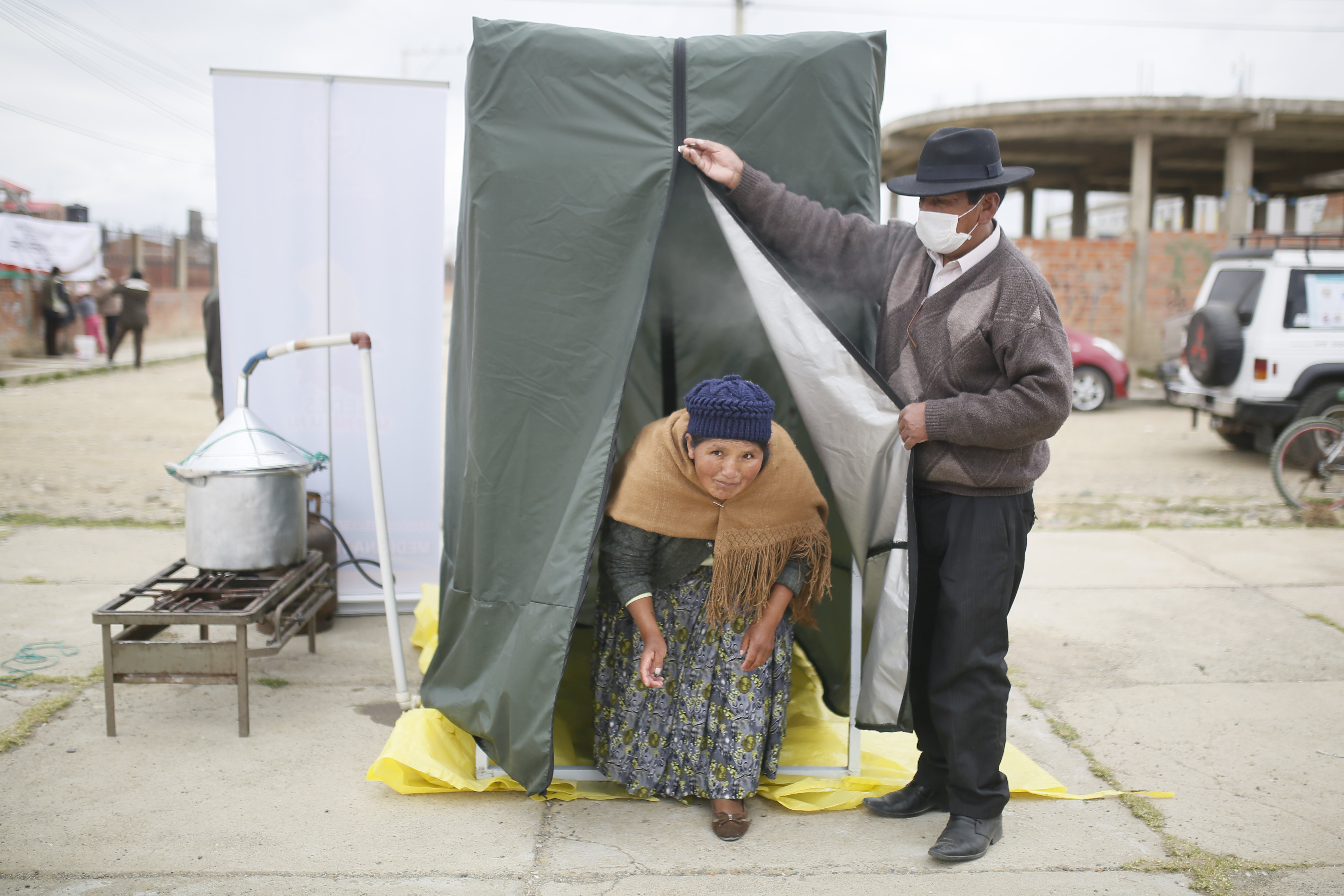
Editor's Note: Pan Deng is a member of the Academic Committee at Charhar Institute, executive director of the Latin America Law Center of China University of Political Science and Law, and distinguished professor at the Center for Latin American Studies at the Southwest University of Science and Technology. The article reflects the author's opinions, and not necessarily the views of CGTN.
Since early April, the number of confirmed COVID-19 cases has gone up exponentially in Latin America. In early April, there were only a little over 16,000 confirmed cases, but the number went beyond 100,000 on April 19. In early May, the total number of confirmed cases exceeded 250,000.
Risk of imported cases persists
In January and early February, most Latin American countries adopted strict border control measures. The measures at that stage were very successful, because no imported cases had been reported in Latin America until mid-February. The first few cases in late February mainly came from European countries such as Italy and Spain. Later on, Latin Americans returning from Europe and North America quickly spread the virus in the continent, and a few big countries saw the number of cases growing rapidly. Before mid-March, their measures were still centered on keeping imported cases at bay.
However, since most Latin American countries did not shut down the land borders at the beginning, nor did they took border control measures against countries in the region, the virus spread transmitted between the Latin American countries. Up to now, the deportation of illegal immigrants from Central America by countries in the north is still going on, and some infected migrants are bound to be driven back to their homeland such as Guatemala and El Salvador. In addition, there are still many Latin Americans stranded abroad, and some countries are facing the daunting task of evacuating expatriates. Therefore, preventing imported cases will remain an onerous task for countries in the region.

Immigrants sleep under a bridge waiting for government aid to restrain their country, Venezuela, due to the spread of COVID-19. /AP
Immigrants sleep under a bridge waiting for government aid to restrain their country, Venezuela, due to the spread of COVID-19. /AP
Slow start in pandemic response
The surge in the number of confirmed cases since April was mainly the result of local community transmission. So far, nearly half of Latin American countries have declared a "public health emergency" or "state of disaster" and have adopted the so-called "social distancing" policies featuring closed urban facilities and home-based self-isolation. However, the control measures varied from country to country.
Some countries, such as Argentina, have put armed forces and police on the streets to maintain order, arrested people who go out in violation of the law, and imposed punitive fines. Some other countries have issued policies to ban social gatherings and even adopted lockdown measures, but still offer great range of choices for citizens. The purpose was to win cooperation of citizens. Unfortunately, the patchy implementation of the central government's policies and the inert supervision have rendered mandatory requirements more like initiatives, with limited impact. In some other countries, governments opted for staged reopening of the economy when the threat of the virus remained live and real. For example, Peru approved the restart of 27 economic activities on May 3. The tourism industry that highly relies on the movement of people is on the list of reopened industries.
In addition, some big countries in Latin America run a federal system. Local governments have strong powers and have the right to adopt policies different from those of the central (or federal) government. For example, Brazilian President Jair Bolsonaro advocated for business as usual and opposed social distancing and lockdown measures. But, most state governments have adopted rigorous social distancing and lockdown measures.
Since mid-to-late April, the debate between the federal and local governments has been generalized to tensions engulfing every aspect of political relations. Mexican President Andrés Manuel López Obrador also brushed the pandemic off as unimportant in the early days, which led to the government's incompetent response and much criticism targeted at it. Thankfully, as the virus spread wider, the central government of Mexico, like most countries in the region, declared a state of emergency and adopted lockdown measures since early April.

A steam cabin that Bolivia's Ministry of Traditional Medicine has placed on a corner to prevent respiratory diseases. People stay in the cabin for about 20 seconds and breathe in steam from eucalyptus, chamomile and mint, among other things. /AP
A steam cabin that Bolivia's Ministry of Traditional Medicine has placed on a corner to prevent respiratory diseases. People stay in the cabin for about 20 seconds and breathe in steam from eucalyptus, chamomile and mint, among other things. /AP
Mounting pressure for countries to respond
According to the World Health Organization (WHO), Latin America is still at the early stage of the disease development. The most optimistic estimate has it that the number of infections in this region will peak this month. However, pessimists believe that the current data is calculated based on insufficient detection.
To everyone's frustration, there have been mass infections in nursing homes in several countries. In Argentina, "community transmission" was reported in at least three nursing homes. A similar situation occurred in a nursing home in the Santiago Metropolitan Region of Chile. With weak immune system and multiple pre-existing conditions, old people are a high-risk group for the coronavirus. Global experience over the past month or two has shown that if nursing homes cannot be isolated from the outside world from the beginning of the outbreak, a large proportion of confirmed cases in nursing homes will soon turn into death counts.
Latin America lacks insufficient medical supplies and professionals. This is the Achilles' heel of Latin America in its battle against the coronavirus. Most countries in the region do not produce medical supplies, or even if they do, the supply is unlikely to meet the demand. To make things worse, the disruption of global supply chain by the virus has made it difficult for them to import medical supplies. Once the medical system of a country is overwhelmed or devastated, the most pessimistic outlook may become a reality.
(If you want to contribute and have specific expertise, please contact us at opinions@cgtn.com)